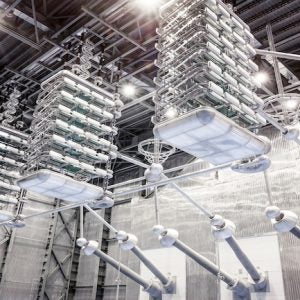Blade Dynamics has announced that the design phase of its Very Long Blade Project for the UK-based Energy Technologies Institute has successfully concluded and that the prototyping phase will now begin.
Blade Dynamics will now assemble an approximately 80 metre long blade prototype, and will begin static and fatigue tests before the end of 2014.
The £15.5m project was launched in January 2013. The Blade Dynamics technology is aimed at demonstrating blades that are both longer and lighter than those made from conventional glass fibre.
Siemens Wind Power has confirmed its continued support to the development of this advanced rotor technology. The ETI commissioned and funded project is the first application of Blade Dynamics’ technology for large offshore blades, with a rotor designed specifically for the Siemens SWT-6.0 turbine. Siemens Wind Power believes that the potential of the split-blade technology would be expected to become even more interesting as it moves to even larger turbine platforms and has confirmed that after this next phase of further prototype testing, it will consider demonstration of a full rotor on a 6.0 MW turbine.
Andrew Scott, programme manager for Offshore Wind at the ETI commented: "As leaders in this field, this partnership for the development of next-generation rotor technology has the potential to have a huge impact on the cost of offshore wind energy in the future."
The Energy Technologies Institute (ETI) is a public-private partnership between global energy and engineering companies – BP, Caterpillar, EDF, E.ON, Rolls-Royce and Shell – and the UK government.






